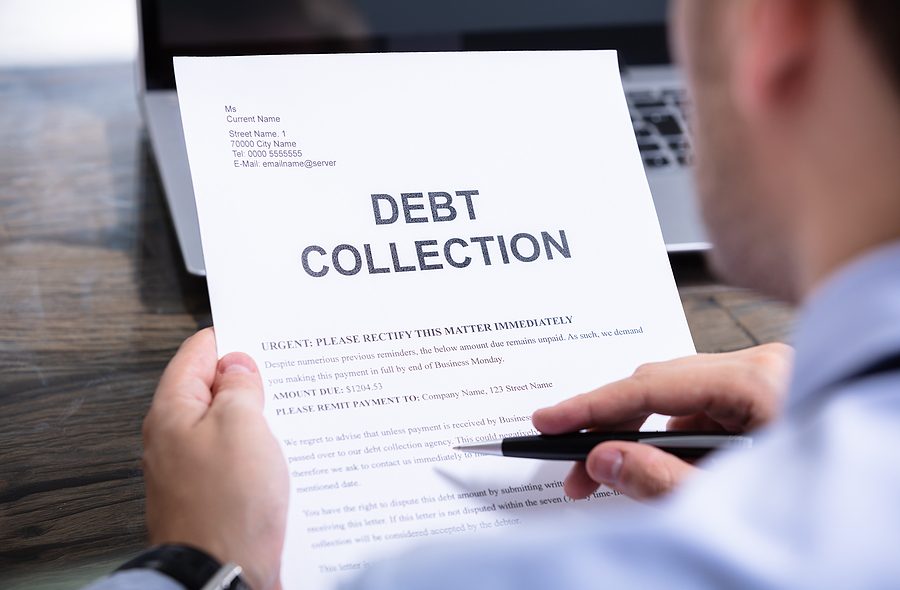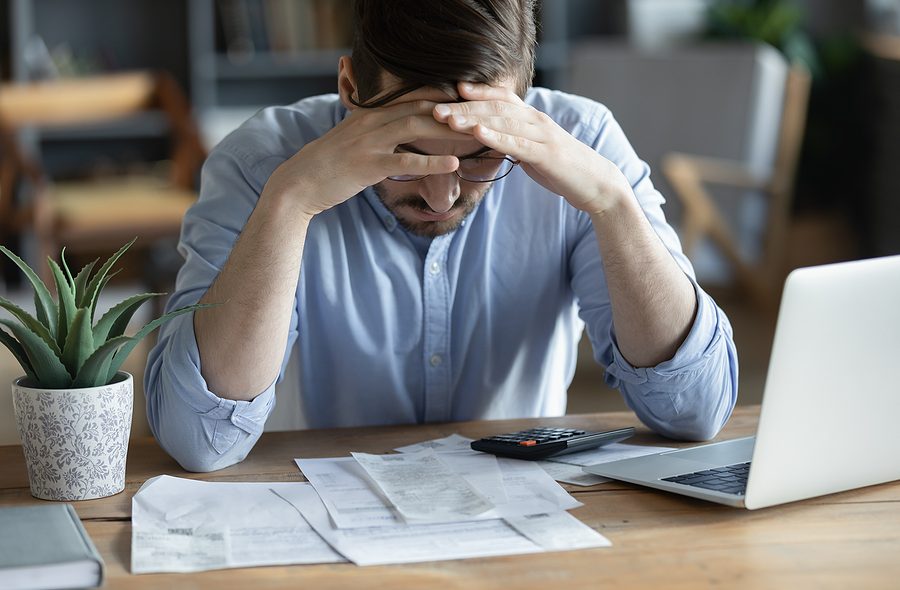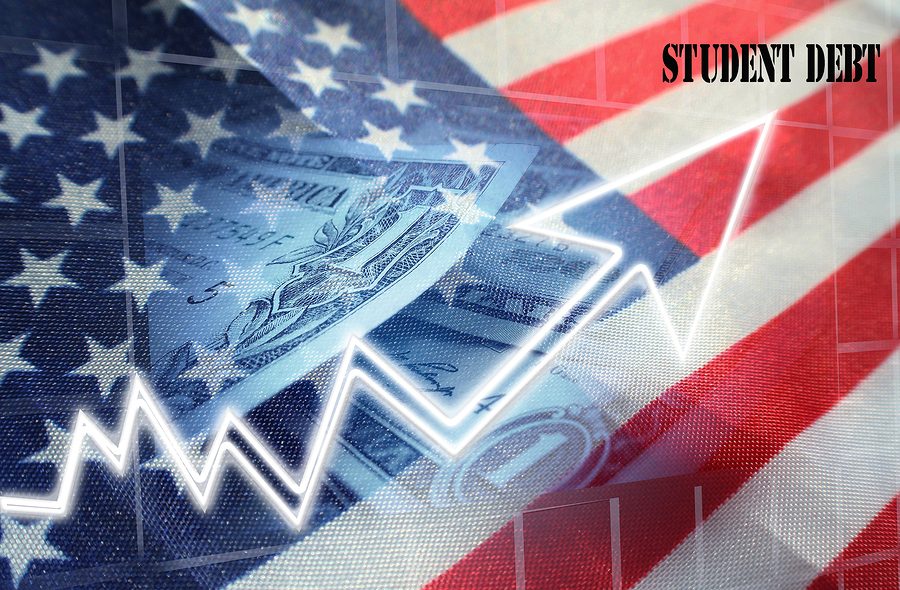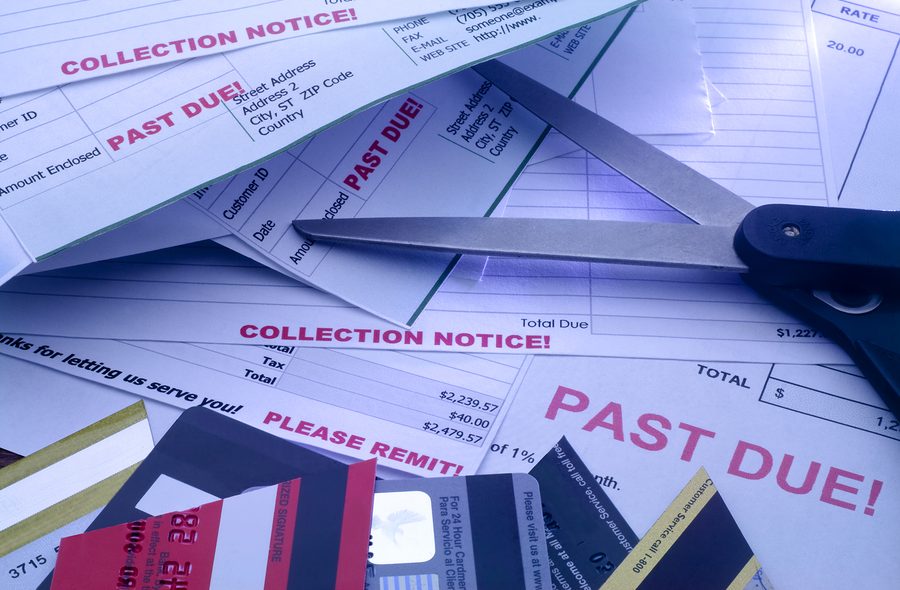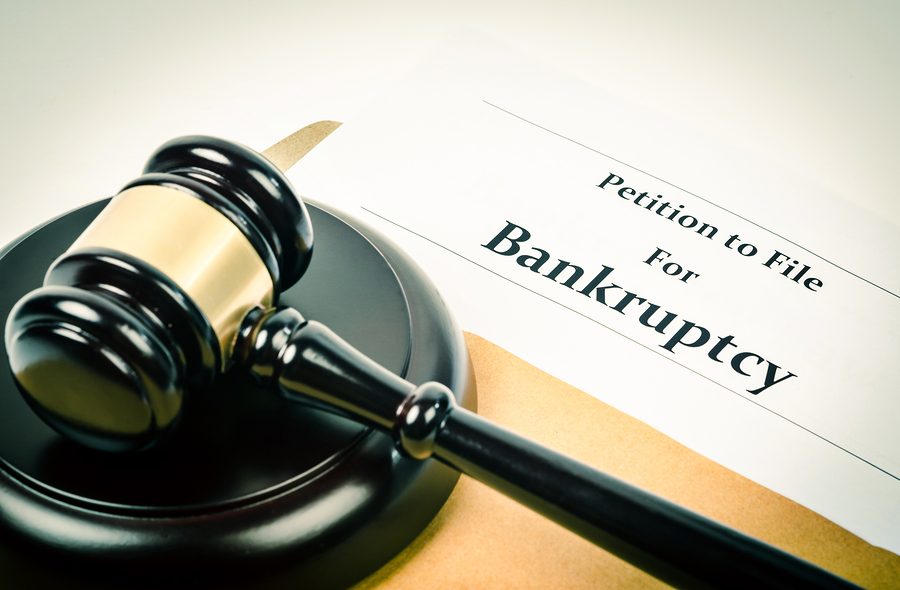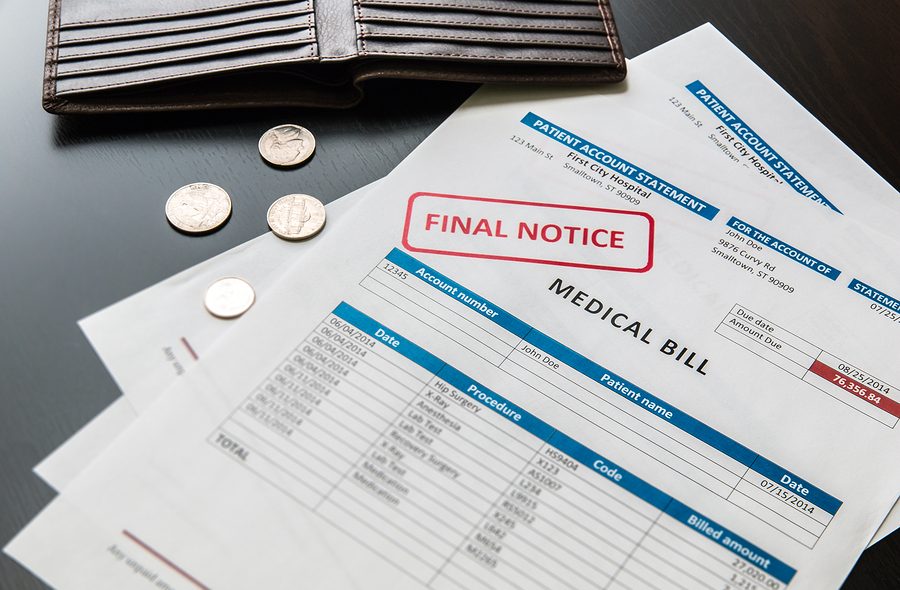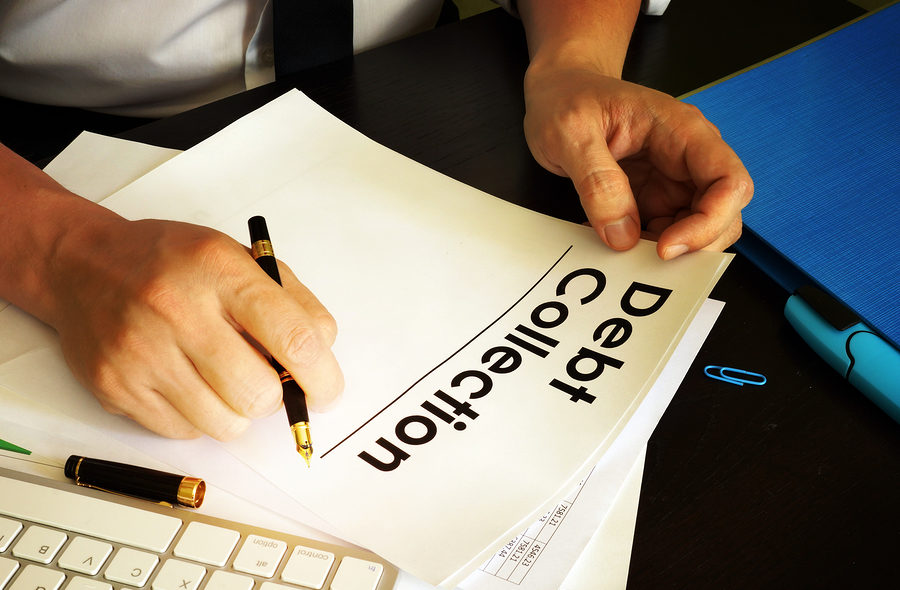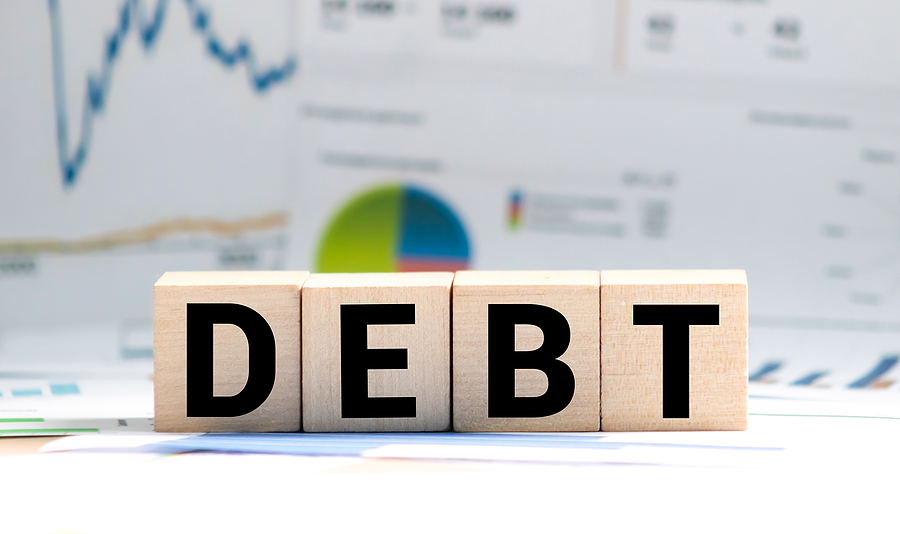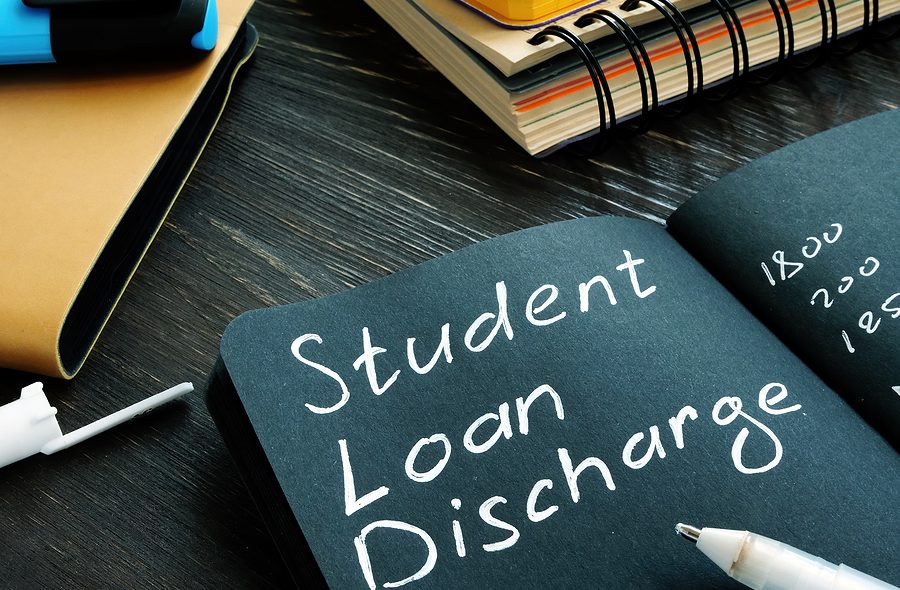Credit card debt is a source of stress for many consumers. Once a large balance is accrued, the high interest rates can make credit cards nearly impossible to pay off. Whether you have been able to pay off your credit card debt or have had the debt discharged in bankruptcy, it is important to modify your financial behavior moving forward.
Monitor Your Credit Score
Consumers should monitor their credit reports on an annual basis to ensure that there are no inaccuracies. Once a credit card is paid off in full, that should reflect on the person’s credit report. Additionally, paying down a large sum of debt will have a positive effect on the consumer’s credit score. As the person’s credit score goes up, his or her chances of being approved for financing in the future also improves. After paying off debt, the consumer should check his or her credit report to ensure that this payment is reflected on his or her score. To make sure that the consumer’s credit score improves, periodic monitoring of his or her credit report should also occur.


